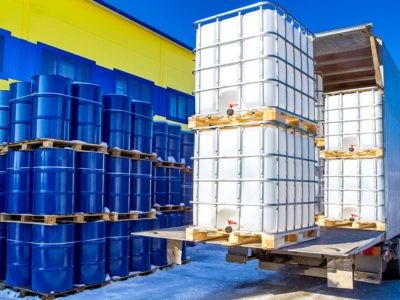Shipping of infectious substances can be a daunting process considering the classification, handling measures, packaging, and labeling required. In this article, we look at what to follow when handling these substances.
Classification of infectious substances
Infectious substances are divided into the following two main categories.
Category A
This class consists of materials that may cause a fatal illness or permanent disability to an individual or animal that comes into contact with them. Such substances often include pathogens like HIV and Hepatitis B virus when they are in culture.
They are classified as DOT hazard class 6.2 and their shipments require UN Spec packaging. Take note that it doesn’t include specimen from people who are suspected to be having these infections.
Category B
This includes infectious substances that do not cause serious health threats like the ones in category A. It also includes specimens of patients who are infected by HIV, HBV, or HCV. They require IATA packaging instructions 650 when shipping.
Packaging and transportation
Before the transportation of infectious substances, there has to be an elaborate system to avoid risks associated with them. For instance, the packaging consists of 3 layers. The specimen is first put into a primary leakproof receptacle with absorbent material then into a second watertight enclosure.
Finally, it is put into an outer shipping package with the necessary cushioning material. The packages are then labeled correctly with the appropriate category and warning and put together with the required shipping documents.
The means of transport can be by postal services or by air as long as it complies with the ICAO standards.
Conclusion
From the above points, proper handling of infectious substances can greatly reduce life-threatening risks to humans involved. With correct packaging and labeling, you don’t have to worry about its transportation.
List of resources:
- http://www.hse.gov.uk/biosafety/blood-borne-viruses/transportation-of-infectious-substances.htm
- https://www.iata.org/training/courses/Pages/infectious-substance-transport-tcgp22.aspx

